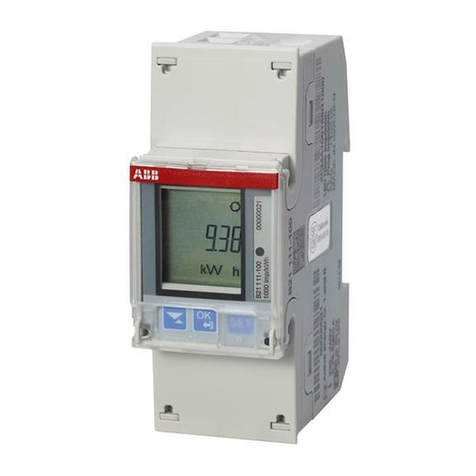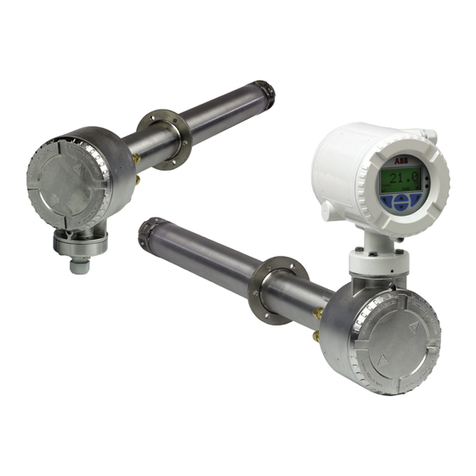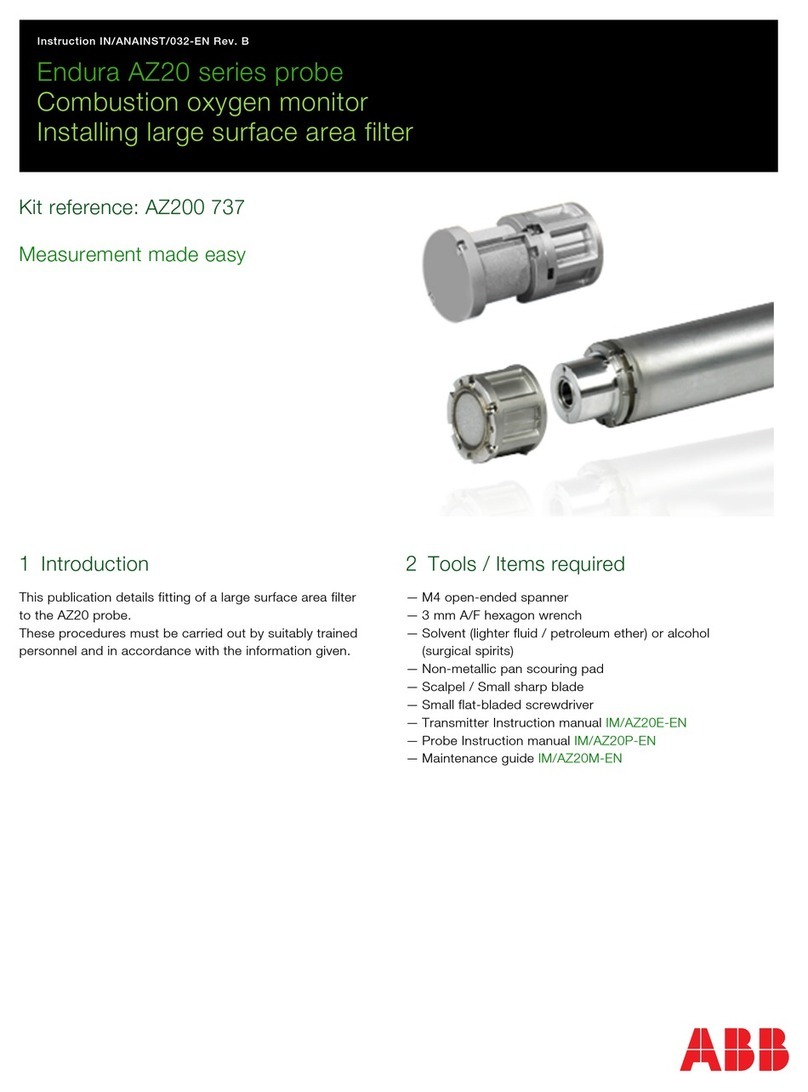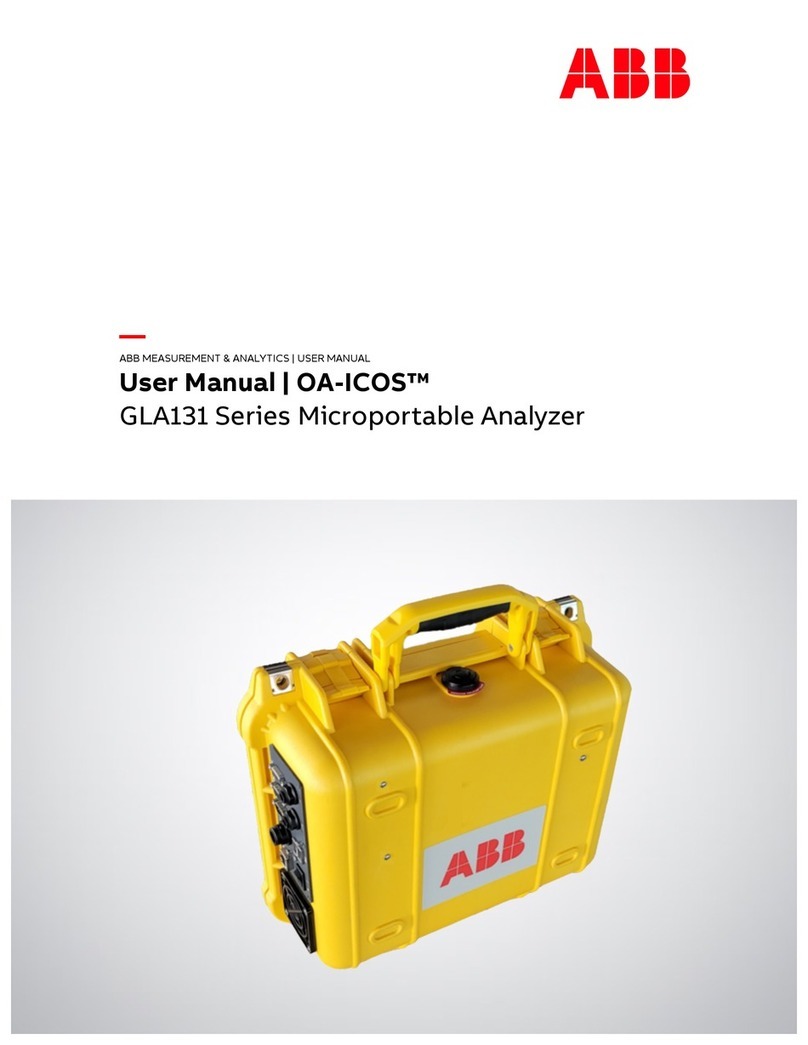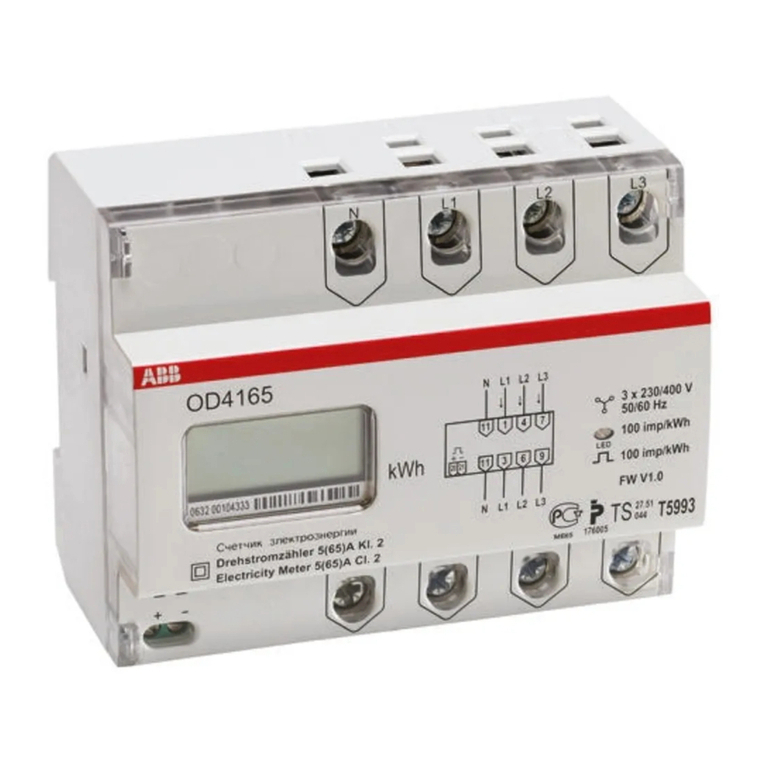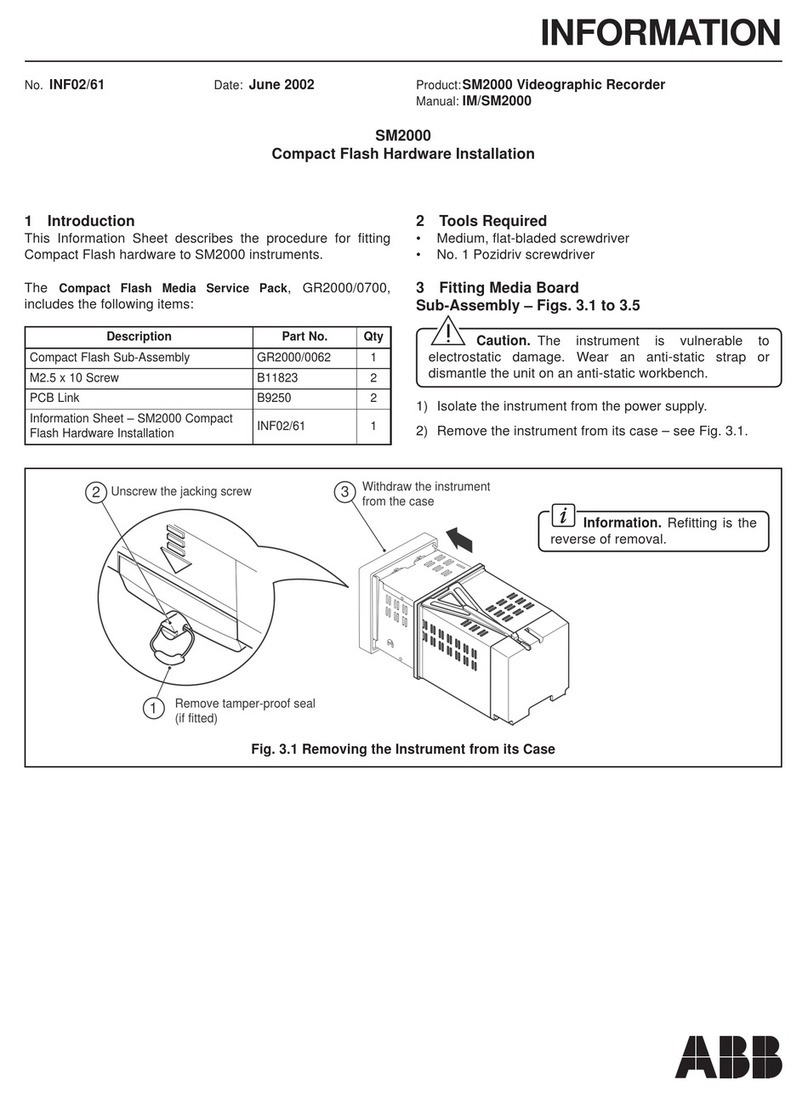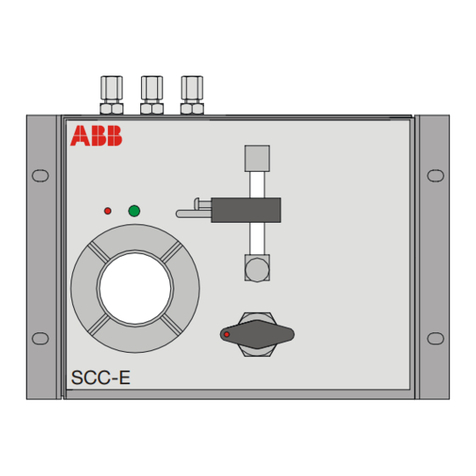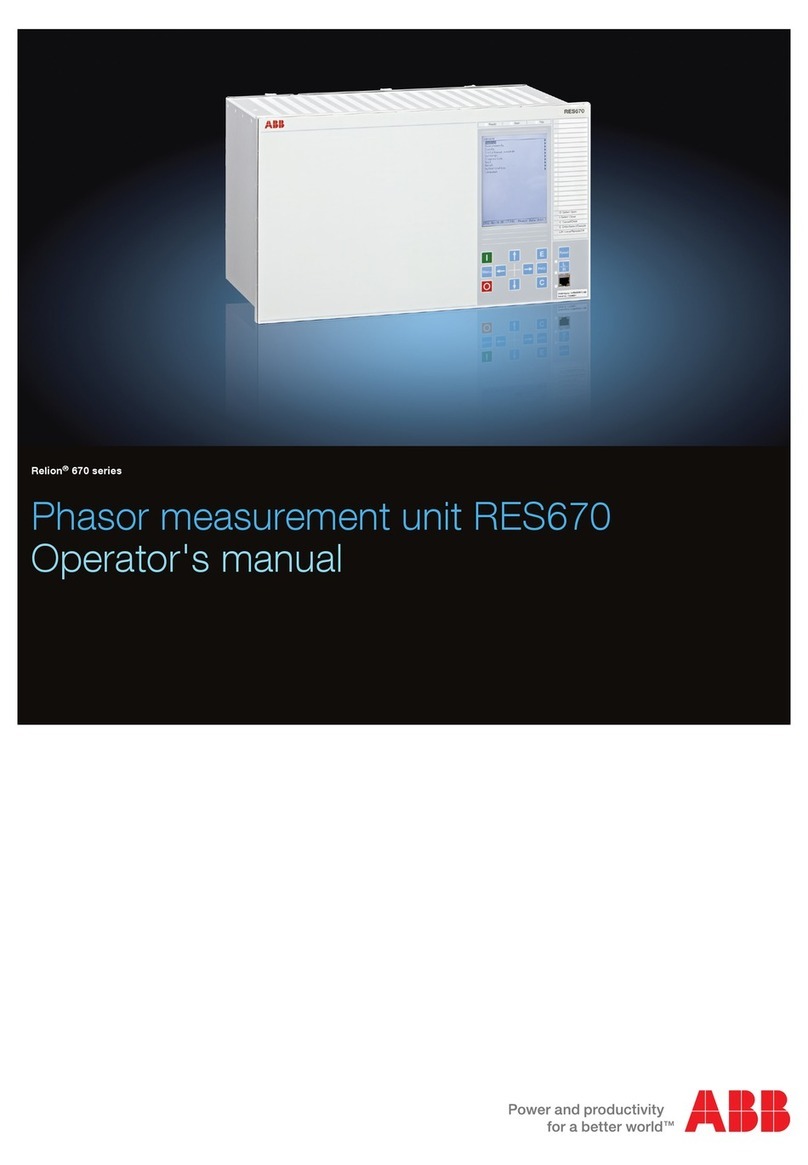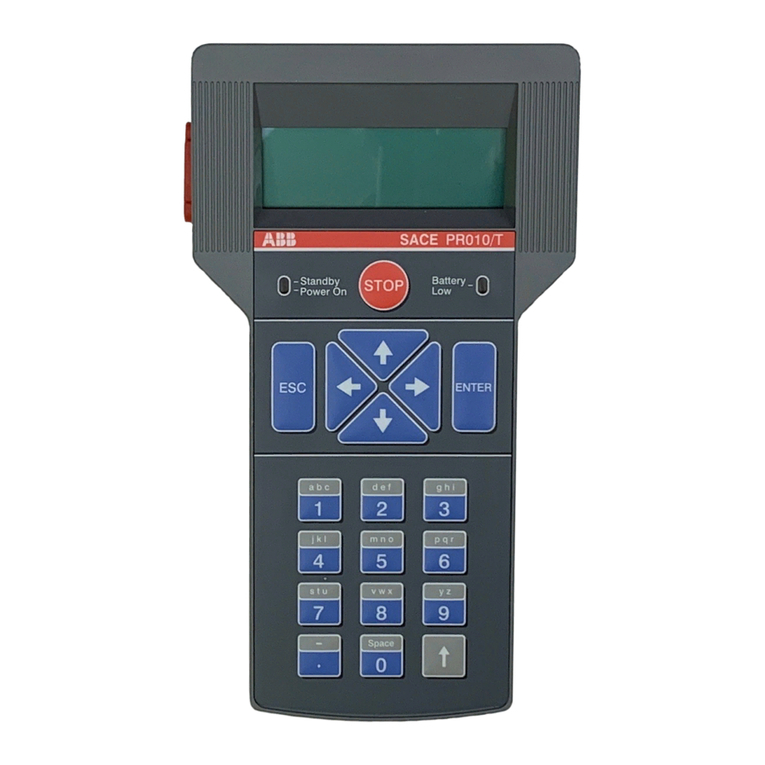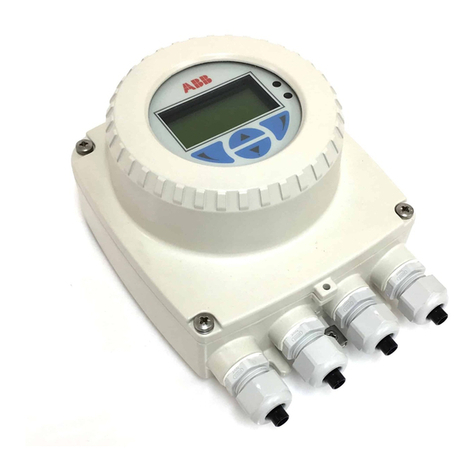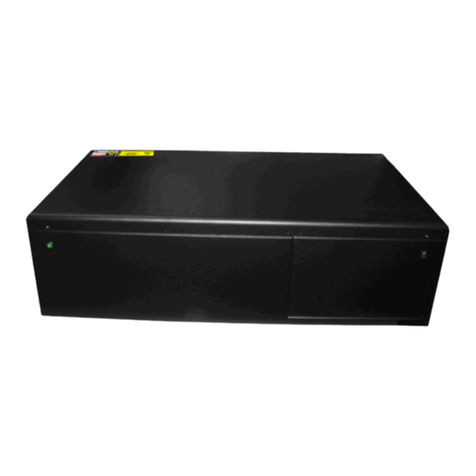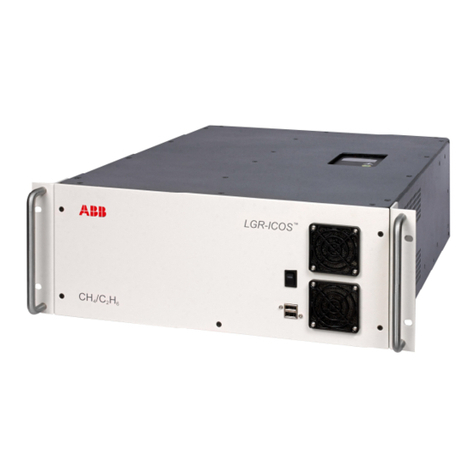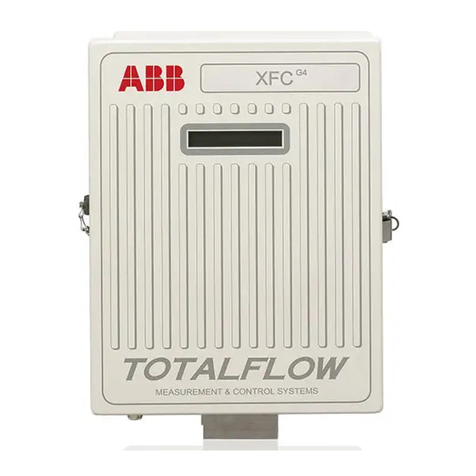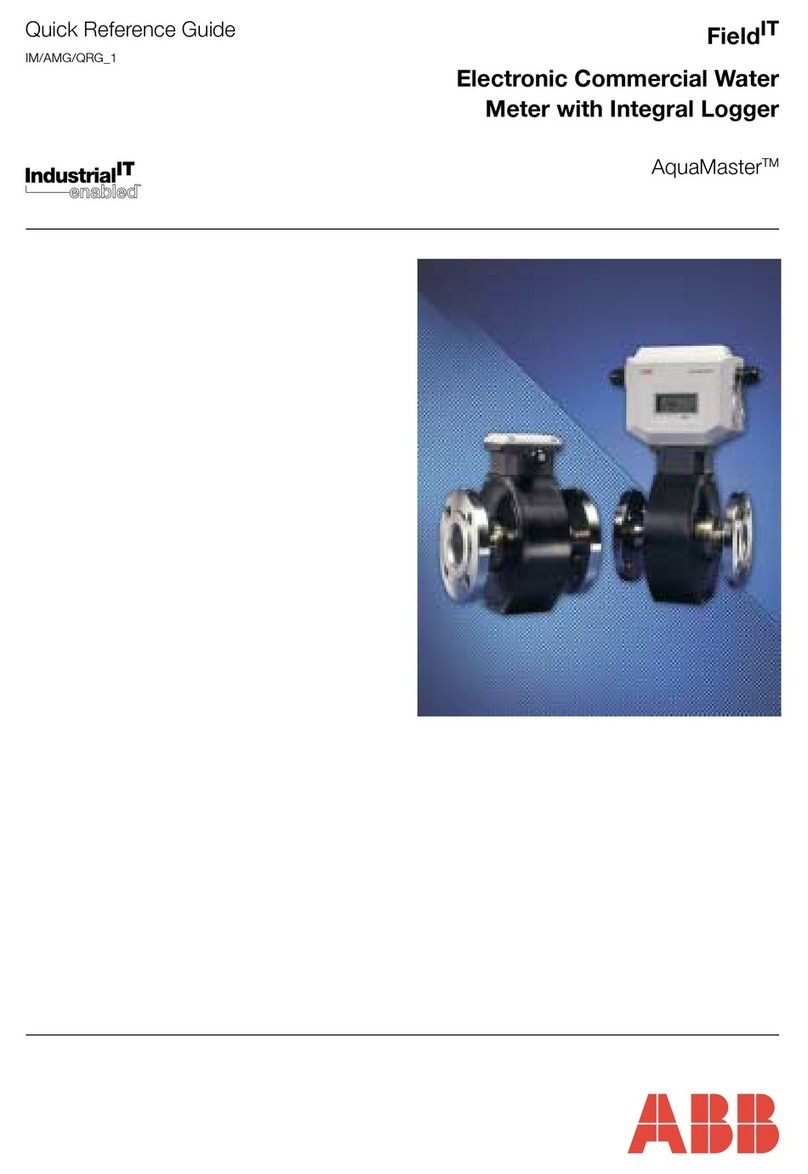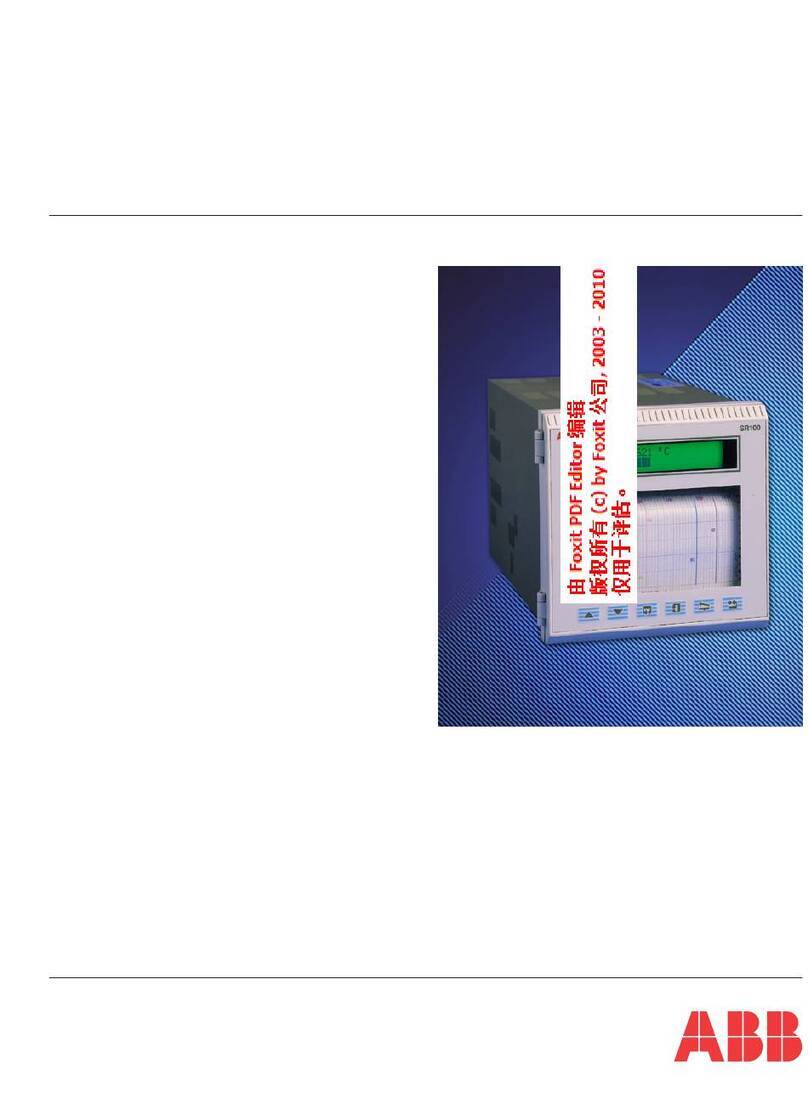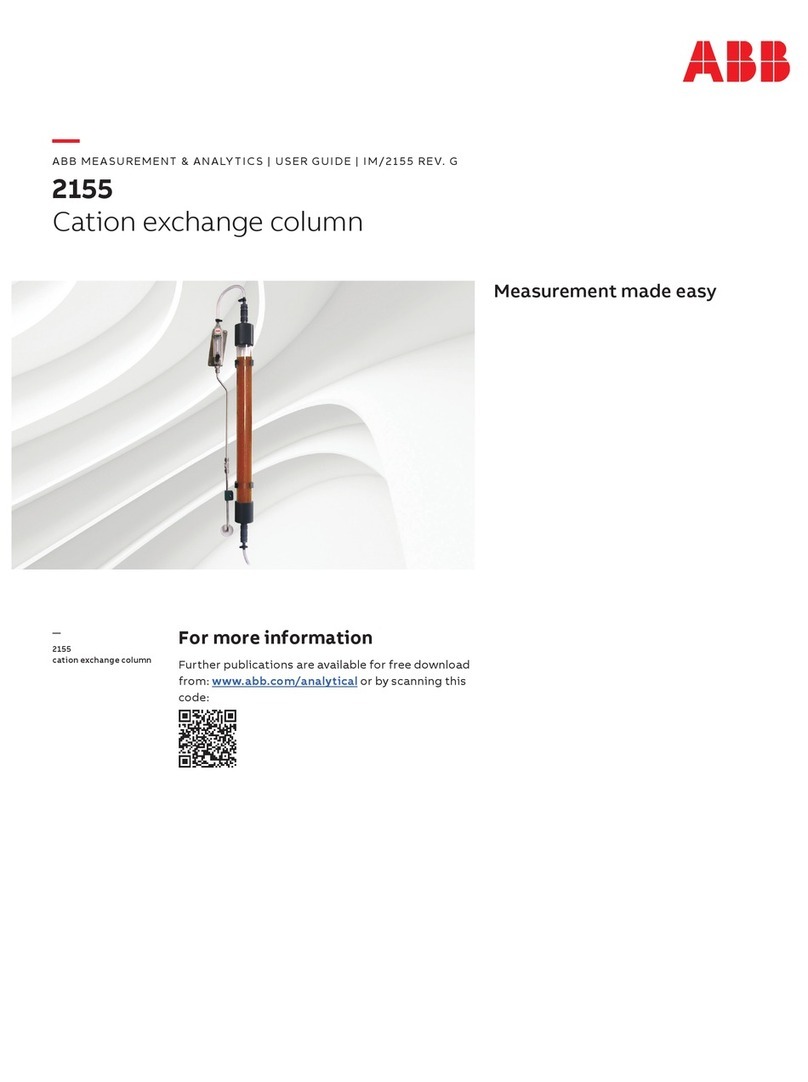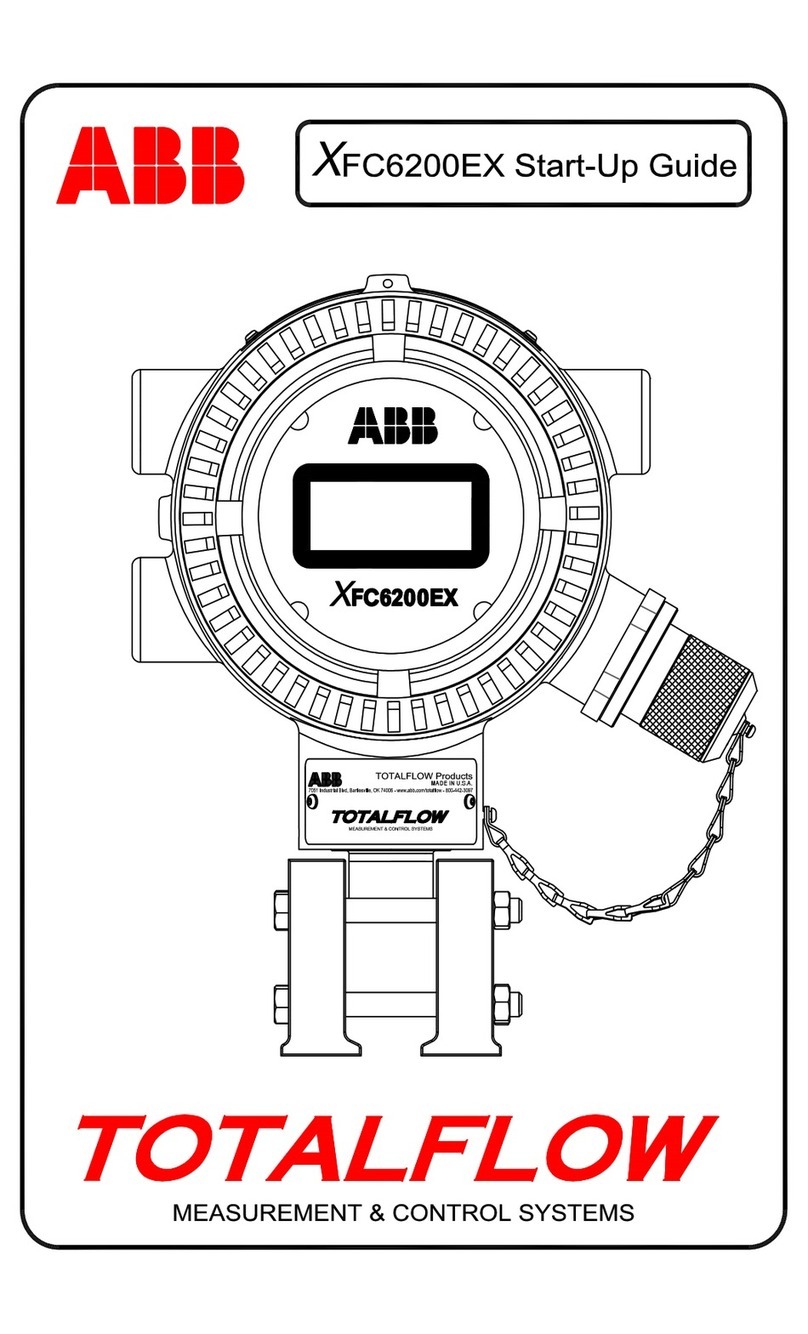
VA Master FAM540 | CI/FAM540-EN Rev. B 3
Change from one to two columns
Contents
1Safety............................................................................... 4
1.1General information and instructions .................... 4
1.2Warnings ............................................................. 4
1.3Intended use........................................................ 4
1.4Improper use ....................................................... 4
2Use in potentially explosive atmospheres according to
ATEX and IECEx.............................................................. 5
2.1Device overview................................................... 5
2.1.1Ex-marking .......................................................... 5
2.2Installation instructions......................................... 7
2.2.1Protection against electrostatic discharges .......... 7
2.2.2Sensor insulation ................................................. 7
2.2.3Opening and closing the transmitter housing........ 7
2.2.4Cable entries ....................................................... 8
2.2.5Type of protection Ex d - flameproof enclosure .... 8
2.2.6Electrical connections .......................................... 9
2.3Safety specifications ATEX / IECEx .................... 10
2.3.1Special conditions for type of protection "Ex td"
(dust explosion protection) ................................. 10
2.4Operating instructions........................................ 14
2.4.1Protection against electrostatic discharges ........ 14
2.4.2Changing the type of protection ......................... 15
3Use in potentially explosive atmospheres in accordance
with FM and cCSAus..................................................... 16
3.1Device overview................................................. 16
3.1.1Ex-marking ........................................................ 17
3.2Installation instructions....................................... 18
3.2.1Sensor insulation ............................................... 18
3.2.2Opening and closing the transmitter housing...... 18
3.2.3Cable entries ..................................................... 19
3.2.4Type of protection XP "Explosion proof"............. 19
3.2.5Electrical connections ........................................ 19
3.3Safety specifications FM, cCSAus...................... 21
3.4Operating instructions........................................ 25
3.4.1Protection against electrostatic discharges ........ 25
3.4.2Changing the type of protection ......................... 25
4Product identification.................................................... 26
4.1Name plate ........................................................ 26
5Transport and storage .................................................. 26
5.1Inspection.......................................................... 26
5.2Transport........................................................... 26
5.3Returning devices .............................................. 26
6Installation ..................................................................... 27
6.1Installation conditions......................................... 27
6.1.1Sensor insulation ............................................... 27
6.2Operating conditions.......................................... 28
6.2.1Temperature data .............................................. 28
6.2.2Pressure loss ..................................................... 28
6.2.3Prevention of compression oscillations when
measuring gases................................................ 28
6.2.4Pressure shocks ................................................ 28
6.2.5Solids content in the measuring medium............ 29
6.3Float designs ..................................................... 29
6.3.1Measuring range limits ....................................... 29
6.4Installation.......................................................... 29
6.4.1Flowmeter installation......................................... 30
6.4.2Material loads for process connections .............. 30
6.5Electrical connections ........................................ 31
6.5.1Analog indicator with alarm signaling unit ........... 31
6.5.2Switching amplifier ............................................. 32
6.5.3Analog indicator with transmitter ........................ 32
6.5.4HART output...................................................... 33
7Commissioning.............................................................. 33
7.1General information............................................ 33
7.2Switching on the power supply .......................... 33
7.2.1Inspection after switching on the power supply .. 34
7.3Setting the alarm signaling unit........................... 34
7.4Configuring the programmable output................ 34
7.5Parameterization................................................ 34
7.5.1Menu navigation ................................................ 35
7.5.2User levels ......................................................... 35
8Operation....................................................................... 36
8.1Operating instructions........................................ 36
9Maintenance.................................................................. 36
9.1Safety instructions.............................................. 36
10Specifications................................................................ 36
11Appendix ....................................................................... 37
11.1Declarations of conformity.................................. 37
11.2 Intrinsic Safety Control Drawing SDM-10-A0253 40

